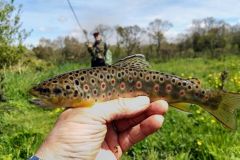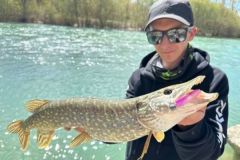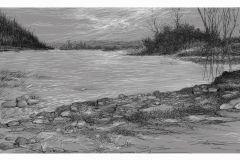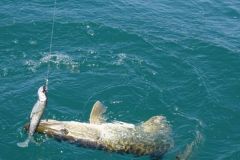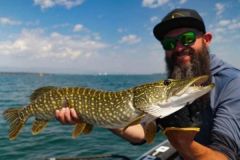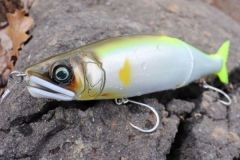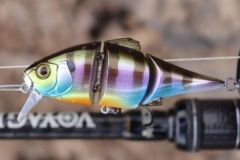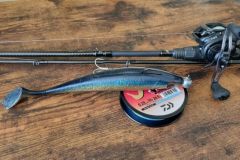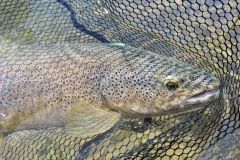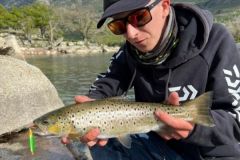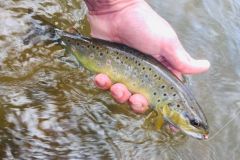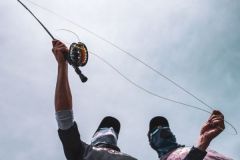It is after their participation in their first world championship trout lure that the French competitors have democratized in France the use of imitation moths to track trout with lures.
Lures widely used by Italian fishermen
The French competitors did not invent anything, but they have democratized this very technical and fun fishing in many ways. Our Italian friends were the first to develop this technique and the use of these lures. Indeed, the Italians have almost always dominated the trout fishing competitions with natural baits, very popular between the 1990s and 2010 on the other side of the Alps.
When the first trout lure championships appeared, the Italians naturally transferred their know-how by using lures that imitated the baits they used and mastered: the teignes.
What is ringworm?
A moth is a butterfly larva. It is widely used for trout, because the regulations in 1st category prohibit the use of dipteran larva. The moth is not a dipteran larva, but it looks very similar to one and therefore allows to stay within the rules. It measures about 1.5 to 2.5 cm and has a yellowish off-white color.
How to use mothballs?
There are basically two main ways to use moths. It should be noted that it is an extremely simple and basic lure. It is not swimming and does not have a vibrating appendage like a shad or a comma. We can however play on the size, the density and the flexibility of the material, or on the drying, to vary the presentations.

The basic presentation consists in presenting it in the current by casting 3/4 upstream while making the moth drift as a natural larva would do in the current. All the subtlety of the presentation lies in the lead of the leaded head (simple hook with tungsten ball or brass) and the accompaniment of the drift by the fisherman. If the lure is too heavy, the trout will have difficulty picking it up from the bottom and the management of the line is complicated by the lure regularly landing on the bottom.
If the lure is too light, it asks the trout to make an effort to go up and get the lures, which it does not always agree to do, especially in competition on fish that are under pressure.
It is a food fishery, that is to say that we do not incite the trout to bite with strong vibratory and visual stimuli by "assaulting" it, but we offer an imitative drifting prey that will seduce a trout as an appetizing morsel.
The other presentation, often used when fishing downstream or in weak currents (or even in lakes) is to bring the moth and animate it by making it turn. The ballast can be at the head of the hook or on the shank (fine lead wire or small tungsten ball on the shank). It is a presentation that mixes drift management and food with animations and a more incentive presentation.
Adapting your rod to fish for moths
It is necessary to use a rod whose length is dictated by the width of the river fished.
The length varies between 1m50 for streams and can go up to 2m70. We rarely find longer, because the international regulations for trout fishing with lures in competition prohibit the use of rods longer than 2m70...
In the stream, fishing with the moth is very relevant, because it allows you to fish very small and short positions where a conventional lure (spinner or swimmer fish) does not even have time to start swimming and be efficient.
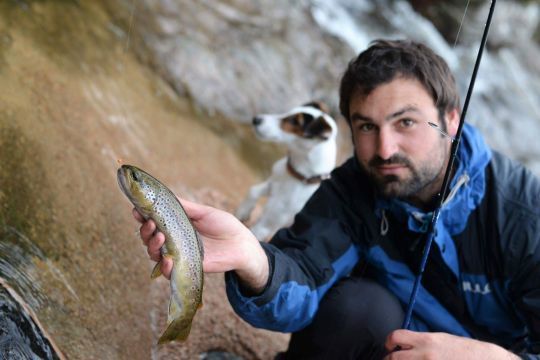
A UL (Ultra Light) rod is almost indispensable to correctly cast a lure that rarely exceeds 2 grams. A full tip is a plus to avoid stalling, to feel the bites or to better manage small animations.






